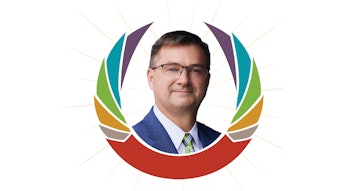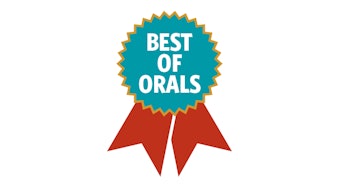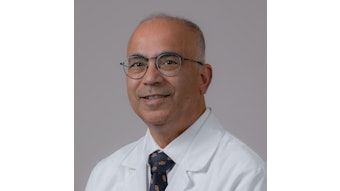From the Education Committees | Going into Independent Private Practice in a Rapidly Consolidating Practice World
Independent private practice is an essential part of the healthcare system. Autonomy in decision-making afforded by independent private practice is vital, preventing physician burnout and allowing for customized, personal care to patients.
Stephen P. Cragle, MD, Member, and Lance A. Manning, MD, Chair, Practice Management Education Committee
While there are different and important academic and non-academic medical practice models that serve patients in various settings and fulfill varying roles in providing healthcare, private practice has been the primary economic model in American medicine since the earliest days of the country. Physician-owned and managed practices have served countless patients for many years in communities of all sizes, including those in rural and underserved areas. Private practice has succeeded in part because it is patient-centric and can be nimble, efficient, and innovative. Independent private practice allows for autonomy and entrepreneurship that help build communities.
Despite these advantages, economic forces have combined since the turn of the millennium to erode the foundations of this practice model. The rise of acquisitive health systems, and more recently private capital groups, has led to considerable consolidation among otolaryngology practices. There are now even greater financial pressures and competition directed toward independent practices. The year 2020 was a watershed year of sorts as, for the first time, fewer than 50% of U.S. physicians practiced in a physician-owned practice model.1
In light of this trend, otolaryngologists going into private practice need a strategy to promote and maintain independence. Here is a brief checklist to ensure a thriving private practice of otolaryngology:
- Choose the private practice size that fits well. Solo practice; small, single-specialty practice; and recently large, loco-regional, single-specialty groups have their respective advantages and disadvantages. Be educated on these differences in opportunities and responsibilities.
- Strive to be the best practice in the region. Set the standard for quality, cost-effectiveness, and friendly service. Be flexible and readily available for consults. See urgent patients the same day whenever possible. Guard your practice reputation whether word-of-mouth, online, or in media.
- Focus on the patient and the patient’s overall experience. Always keep in mind the view of your practice from the vantage point of the patient, their family, and the referring provider from start to finish.
- Become a coding and reimbursement expert. A financially healthy practice allows for good staff, up-to-date equipment, a wide range of patient services, and a pleasant environment to allow for the best possible patient experience.
- Consider participating with a local health system in an accountable care organization or clinically integrated network. This demonstrates cooperation with the dominant healthcare organization and may reduce reporting burdens if the health system oversees MIPS or Advanced APM reporting. Additionally, as there is a current trend of transitioning from a purely fee-for-service model to value-based care, such participation allows for numerous opportunities for partnership with other healthcare stakeholders.
- Participate in your hospital’s medical staff committee and leadership structure to promote collegiality, establish yourself in your community, and raise your profile with referring doctors.
- Ensure that ancillary service lines are established thoughtfully and integrate with your overall practice strategy. These must both provide needed services for the patients and make financial sense to be sustainable.
- Provide service to your hospital or health system that fills the needs of the community. Take full call responsibilities at your institutions. While emergency calls create some personal and professional interruptions, uncovered call can be an invitation for the hospital to start its own, hospital-employed otolaryngology department and, even more importantly, leave a void in needed care.
- Be intentional about your practice’s legacy. Recruit new partners before retirement looms, look for opportunities to grow the practice through outreach efforts and collaboration, and make your practice buy-in financially feasible for a young otolaryngologist with lots of potential and little equity. Many of us were there once and should recall that buying into a practice while buying a home and paying off educational debt is daunting.
Independent private practice is an essential part of the healthcare system. Autonomy in decision-making afforded by independent private practice is vital, preventing physician burnout and allowing for customized, personal care to patients. Private practice is crucial for access to care, especially in rural and other underserved areas, simultaneously integrating into and enhancing the communities they serve. While it may be increasingly difficult to enter or remain in independent private practice, it is paramount that we maintain physician independence and opportunities by supporting and promoting private practice in otolaryngology and medicine as a whole.
References
1. Kane CK. Recent changes in physician practice arrangements: private practice dropped to less than 50 percent of physicians in 2020. American Medical Association Economic and Health Policy Research. May 2021.
















